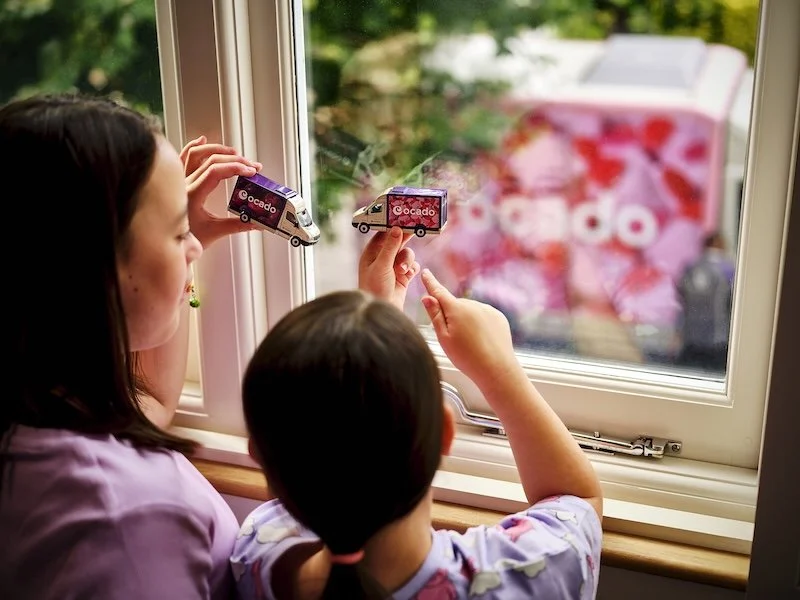Price conscious Brits are frequent online drop-outs
38% of UK shoppers discard carts sometimes or all the time, mainly because shipping costs are higher than expected (62%).
SAP Customer Experience surveyed 1,000 Brits and found that they also drop-out because they are only using them to compare prices of similar products (41%), or because the items they are interested in purchasing are out of stock (38%).
The chances of cart abandonment are higher for products relating to fashion (22%) and furniture (15%), followed by financial products (14%) and digital goods (14%). When asked what would drive shoppers to make the purchase, discounts emerged as the top factor (52%), followed by responses to customer queries about the item they are interested in (26%).
“Selling today is more complicated than ever, especially in the UK, where sales have suffered the biggest decline since the mid-90s. It’s clear that retailers need to take steps to boost customer engagement and increase conversion,” says Roland van Breukelen, UK&I Marketing Director, SAP Customer Experience. “Data that provides insights into individual customers’ preferences and habits allows retailers to achieve a consistent, complete view of their customers, and draw useful conclusions about what’s important to them.”
He adds: “Once they know why shoppers are abandoning carts, retailers can determine the best way to remove barriers and encourage follow-through on the purchase. They can also provide assistance via online chats, use retargeting to get consumers to visit again, send reminders if they left something in the cart, or follow up by providing a special promotional code.”
Brits are weary of retailers’ suggestions, with only 6% interested in recommendations at least half the time. Instead, improving the online purchase experience relates to providing easy exchanges and returns (66%); offering comparison tools so shoppers can compare prices and specifications with other similar products and services (44%); and having a physical store where they can test out products (34%).










Continue reading…